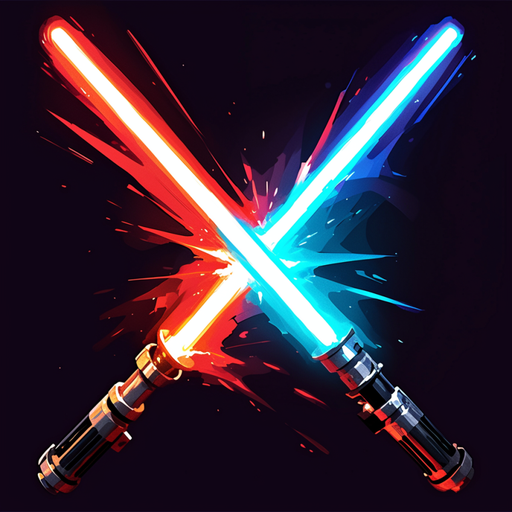Marvel's Greatest Decade: The 1980s?
The 1970s marked a period of significant change for Marvel Comics. Despite the turbulence, this era gave us iconic moments such as "The Night Gwen Stacy Died" and Doctor Strange's encounter with God. However, it was in the early 1980s that Marvel truly hit its stride, with legendary creators delivering unforgettable runs on their flagship titles. This golden period saw Frank Miller redefine Daredevil, John Byrne revitalize the Fantastic Four, David Michelinie's compelling Iron Man stories, and the peak of Chris Claremont's X-Men saga. Roger Stern's work on Amazing Spider-Man and Walt Simonson's Thor were just around the corner, further cementing the '80s as a pivotal decade for these enduring characters.
When examining the expansive history of the Marvel Universe, the 1980s stand out as a potential golden age for the company. In Part 7 of our series on essential Marvel issues, we delve into this transformative period.
More Essential Marvel
1961-1963 - The Birth of a Universe
1964-1965 - The Sentinels Are Born and Cap Dethaws
1966-1969 - How Galactus Changed Marvel Forever
1970-1973 - The Night Gwen Stacy Died
1974-1976 - The Punisher Begins His War on Crime
1977-1979 - Star Wars Saves Marvel From Bankruptcy
The Dark Phoenix Saga and Other All-Time X-Men Stories
Chris Claremont's legendary run on X-Men began in 1975, but it was the early 1980s that produced some of its most iconic tales. The Dark Phoenix Saga, spanning X-Men #129-137, is undoubtedly the most renowned X-Men story ever told. This epic, illustrated and co-plotted by John Byrne, showcases Jean Grey's transformation into the Dark Phoenix, introducing pivotal characters like Kitty Pryde (Shadowcat), Emma Frost, and Dazzler. The saga's emotional climax, Jean Grey's sacrifice, remains one of the most poignant moments in the X-Men universe. Despite multiple adaptations, including the films X-Men: The Last Stand and Dark Phoenix, many fans believe the animated series did the story more justice.
AnswerSee ResultsFollowing closely, Days of Future Past in X-Men #141-142, a seminal tale involving the Sentinels and time travel, showcases Kitty Pryde's mission to avert a dystopian future. This two-issue arc has been revisited and adapted, notably in the film X-Men: Days of Future Past and the animated series Wolverine & the X-Men.X-Men #150 rounds out the top X-Men stories of the period, featuring a pivotal battle with Magneto that reveals his Holocaust survivor backstory, shaping his character into a more complex figure.
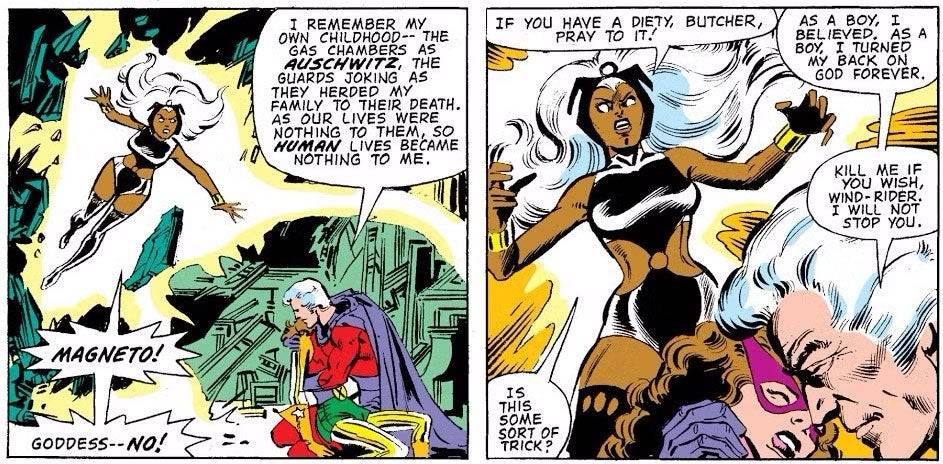
X-Men #150 The First Appearances of Rogue, She-Hulk, and the New Mutants
The 1980s also introduced major characters that became staples of the Marvel Universe. Rogue, initially a villain in Avengers Annual #10, became a beloved member of the X-Men. Her complex relationship with Mystique and the dramatic power drain from Carol Danvers (Ms. Marvel) set the stage for her future development. Despite the controversial content in Avengers #200, Avengers Annual #10 remains a critical issue in Marvel's history.
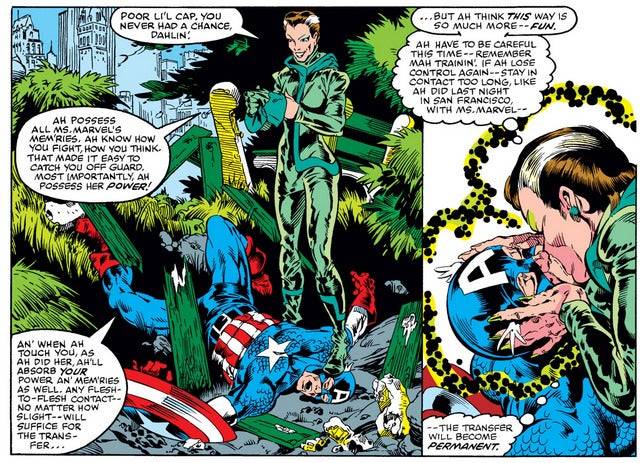
The New Mutants, Marvel's first X-Men spin-off, debuted in Marvel Graphic Novel #4 and then in their own series. This team of young mutants, including Cannonball, Sunspot, and Magik, laid the groundwork for future X-Men narratives and was later adapted into the 2020 film.
Iconic Storylines for Daredevil, Iron Man, and Captain America
Daredevil #168 marked the beginning of Frank Miller's transformative run, introducing Elektra and reshaping Daredevil's mythos. This run, filled with gritty realism and noir elements, introduced key elements like Kingpin as Matt Murdock's nemesis and the character Stick, culminating in the iconic issue #181 where Bullseye kills Elektra. This saga inspired both the 2003 film and the Netflix series, with the upcoming MCU show Daredevil: Born Again set to continue this legacy.
David Michelinie and Bob Layton's Doomquest in Iron Man #149-150 saw Tony Stark facing Doctor Doom in an Arthurian setting, cementing Doom as a formidable foe in Iron Man's rogues gallery.
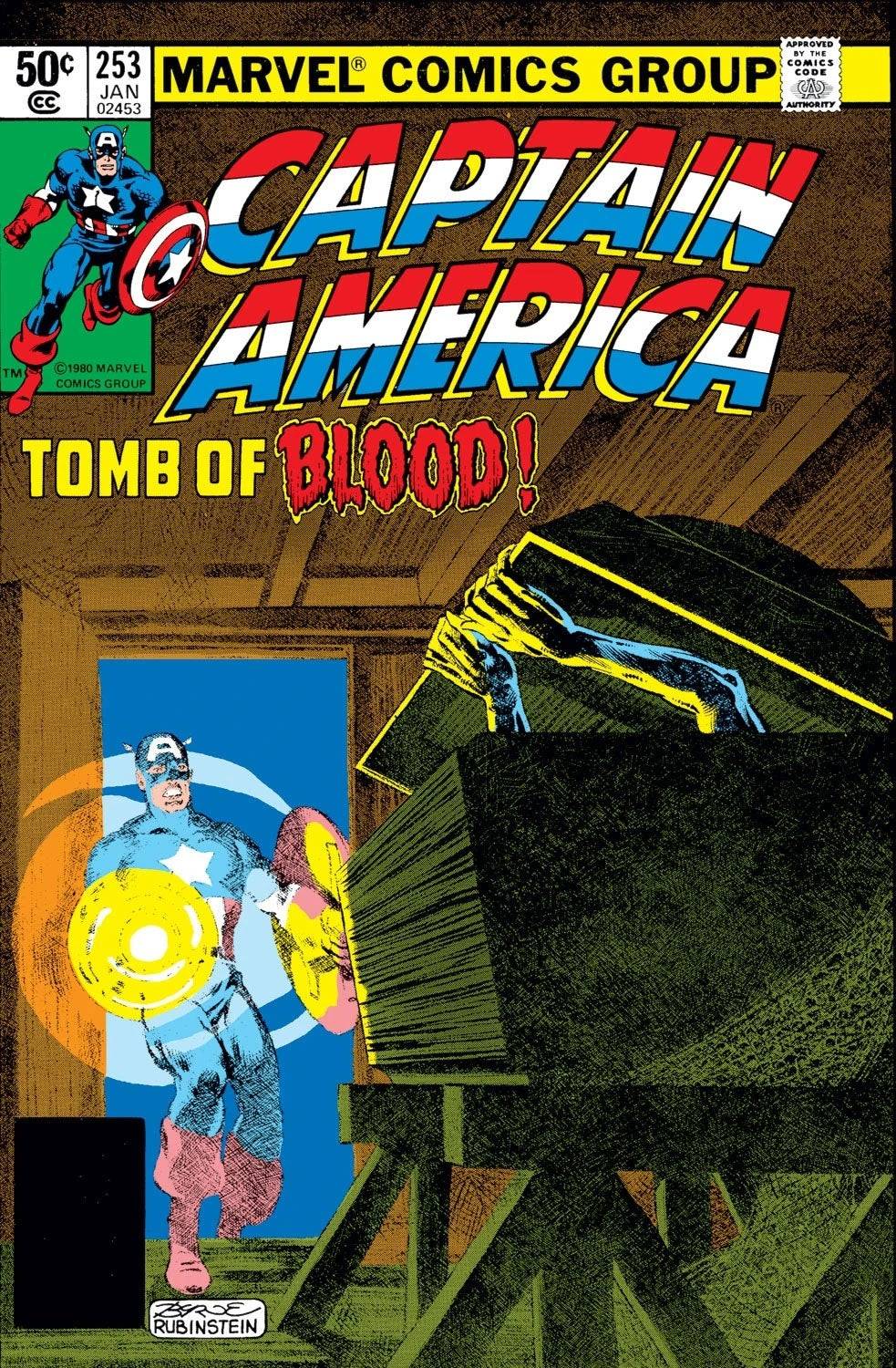
Moon Knight Becomes a Hero and Marvel Helps Create the G.I. Joe Mythology
Moon Knight #1 solidified the character's heroic persona and introduced his multiple identities, while G.I. Joe #1, although not owned by Marvel, saw the company significantly contribute to the franchise's mythology. Marvel's creative team, including Archie Goodwin and Larry Hama, developed key characters and storylines, making G.I. Joe a hit, especially among female readers due to its balanced portrayal of male and female characters.
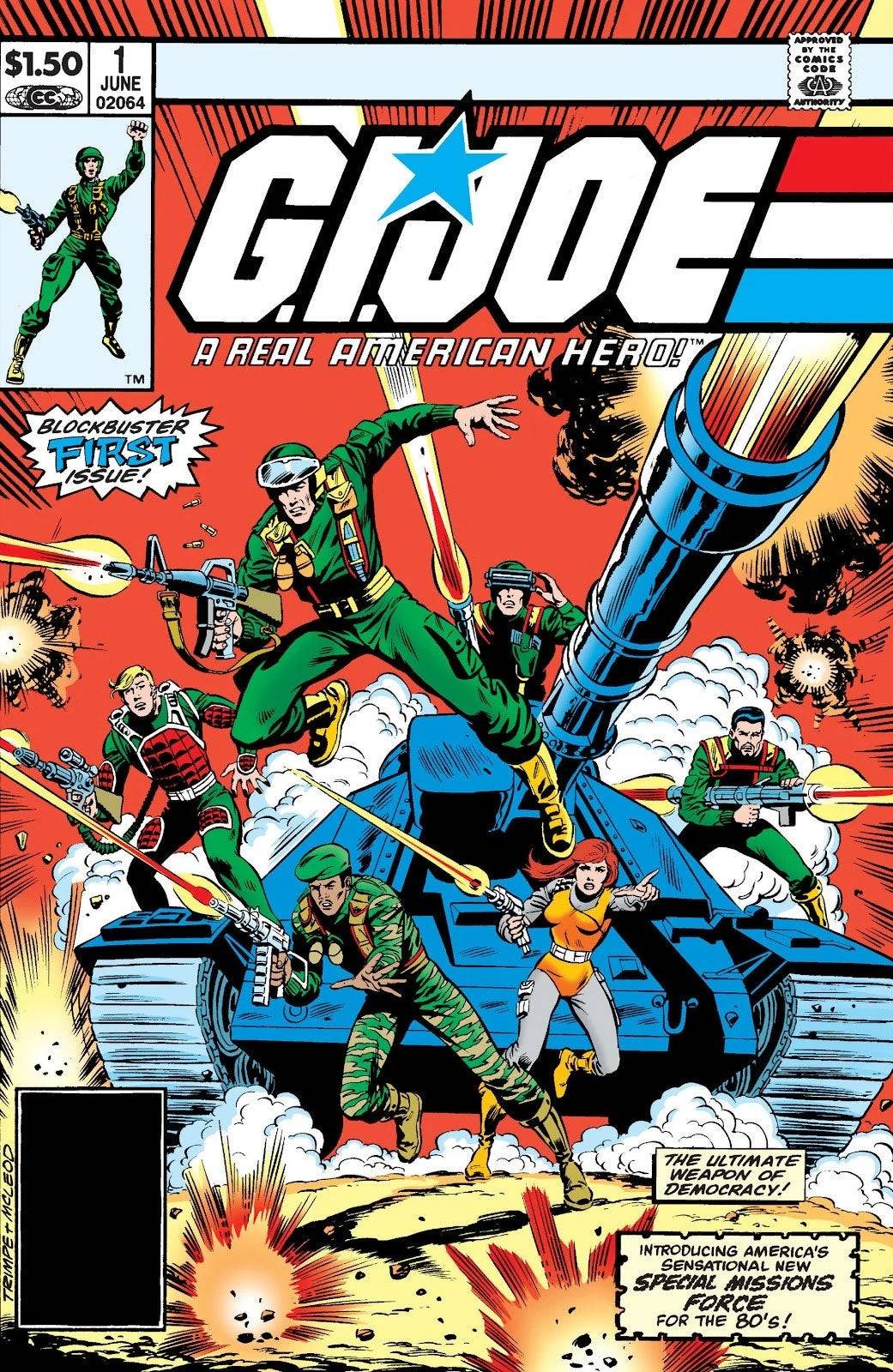
-
1
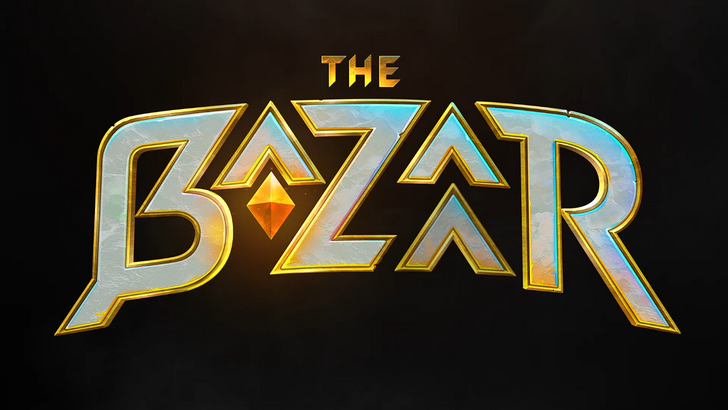
Announcing the Bazaar Release: Date and Time Unveiled
Feb 02,2025
-
2
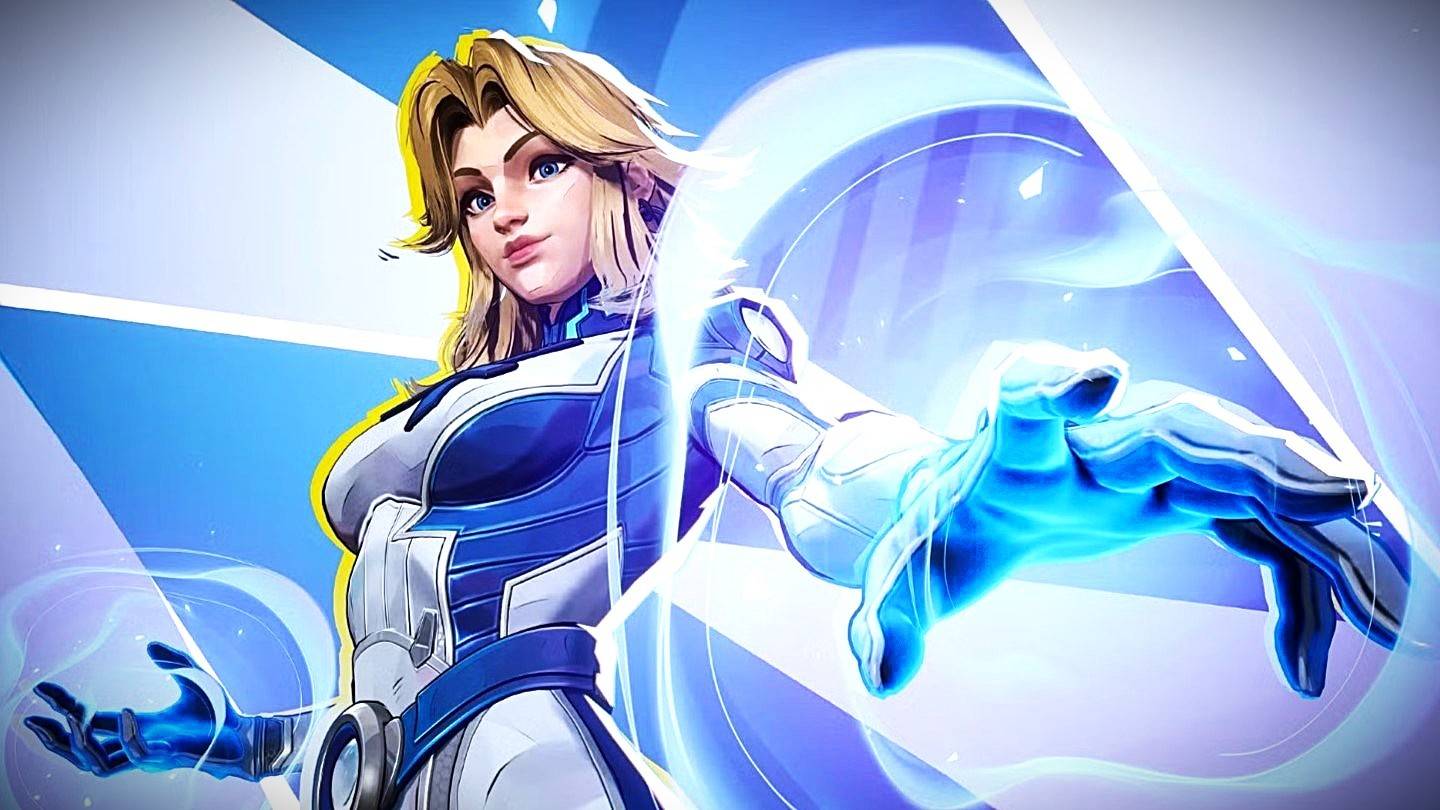
Marvel Rivals Update: News and Features
Feb 19,2025
-
3

GTA 6 Release: Fall 2025 Confirmed
Feb 23,2025
-
4

Novel Rogue Decks Android Debut
Feb 25,2025
-
5

Vampire Survivors – Arcana Card System Guide and Tips
Feb 26,2025
-
6
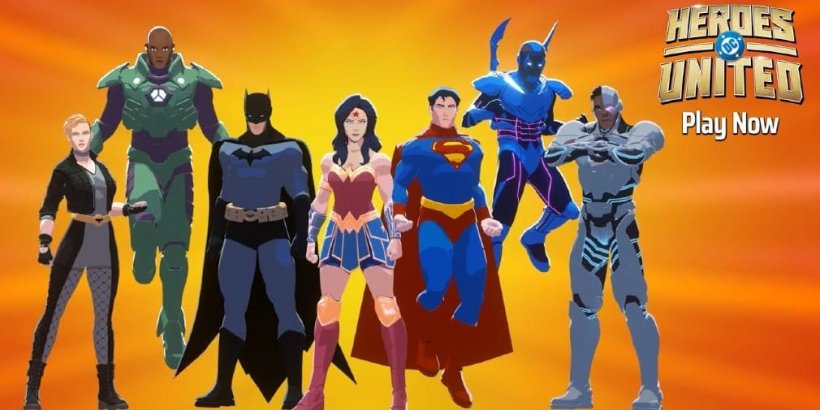
DC Heroes Unite: New Series from Silent Hill: Ascension Creators
Dec 18,2024
-
7

Get Exclusive Roblox DOORS Codes for January 2025
Feb 10,2025
-
8

Marvel Rivals Unveils Season 1 Release Date
Feb 02,2025
-
9
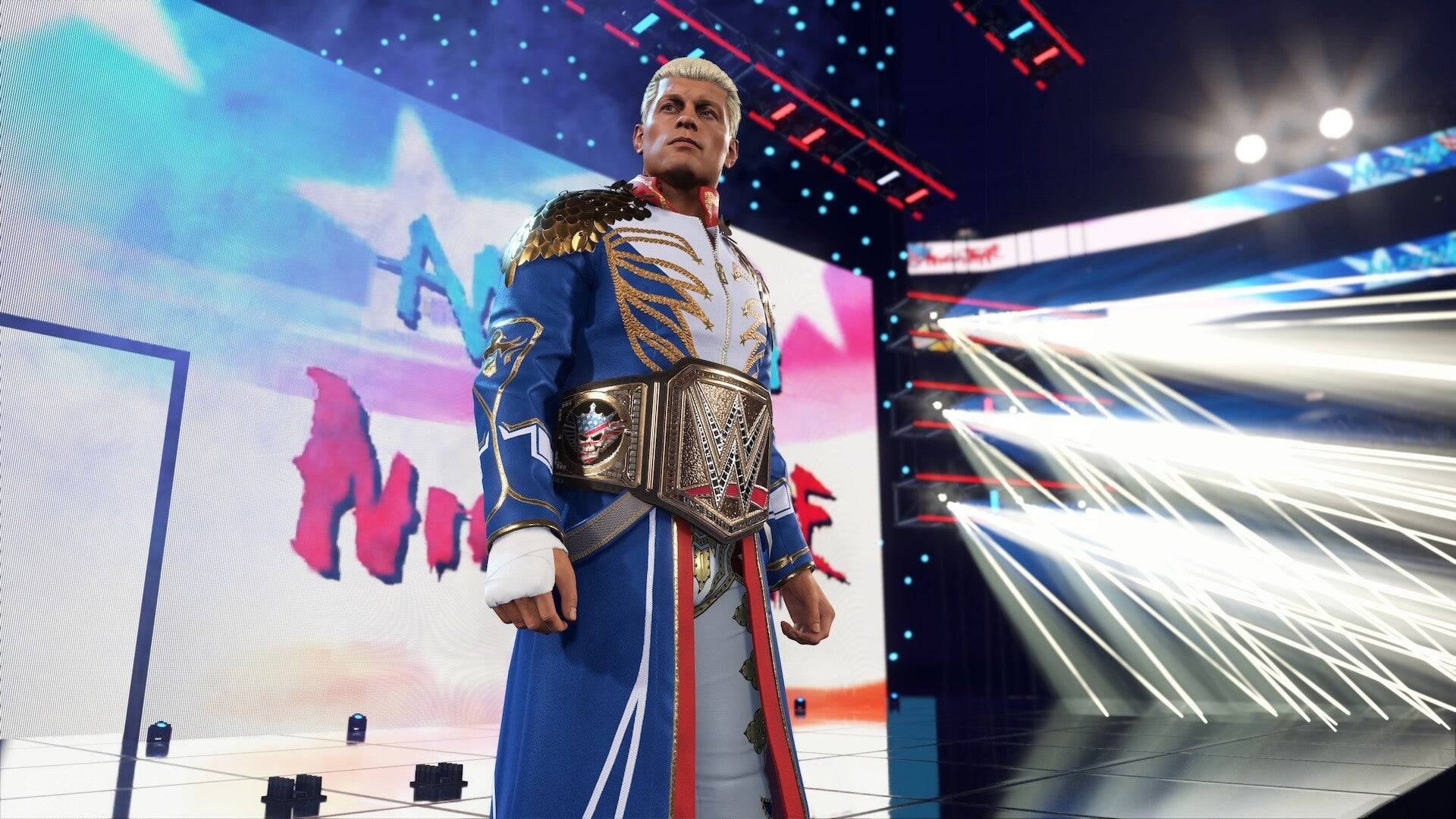
WWE 2K25: Long-Awaited Return
Feb 23,2025
-
10

Anime Fate Echoes: Get the Latest Roblox Codes for January 2025
Jan 20,2025
-
Download
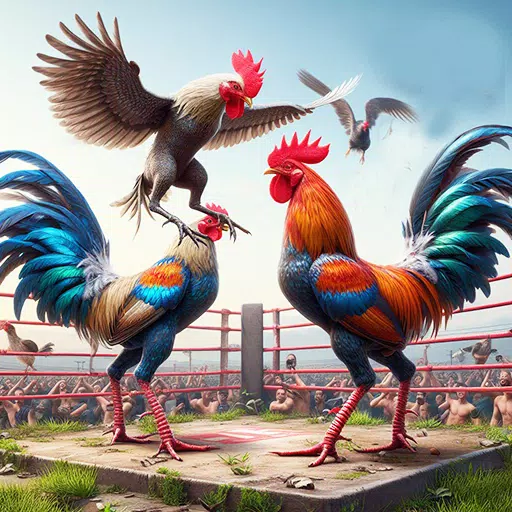
Street Rooster Fight Kung Fu
Action / 65.4 MB
Update: Feb 14,2025
-
Download

Ben 10 A day with Gwen
Casual / 47.41M
Update: Dec 24,2024
-
Download

A Simple Life with My Unobtrusive Sister
Casual / 392.30M
Update: Dec 10,2024
-
4
Mega Jackpot
-
5
Day by Day
-
6
The Lewd Knight
-
7
Translate - Voice Translator
-
8
VPN Qatar - Get Qatar IP
-
9
Chewy - Where Pet Lovers Shop
-
10
Kame Paradise








